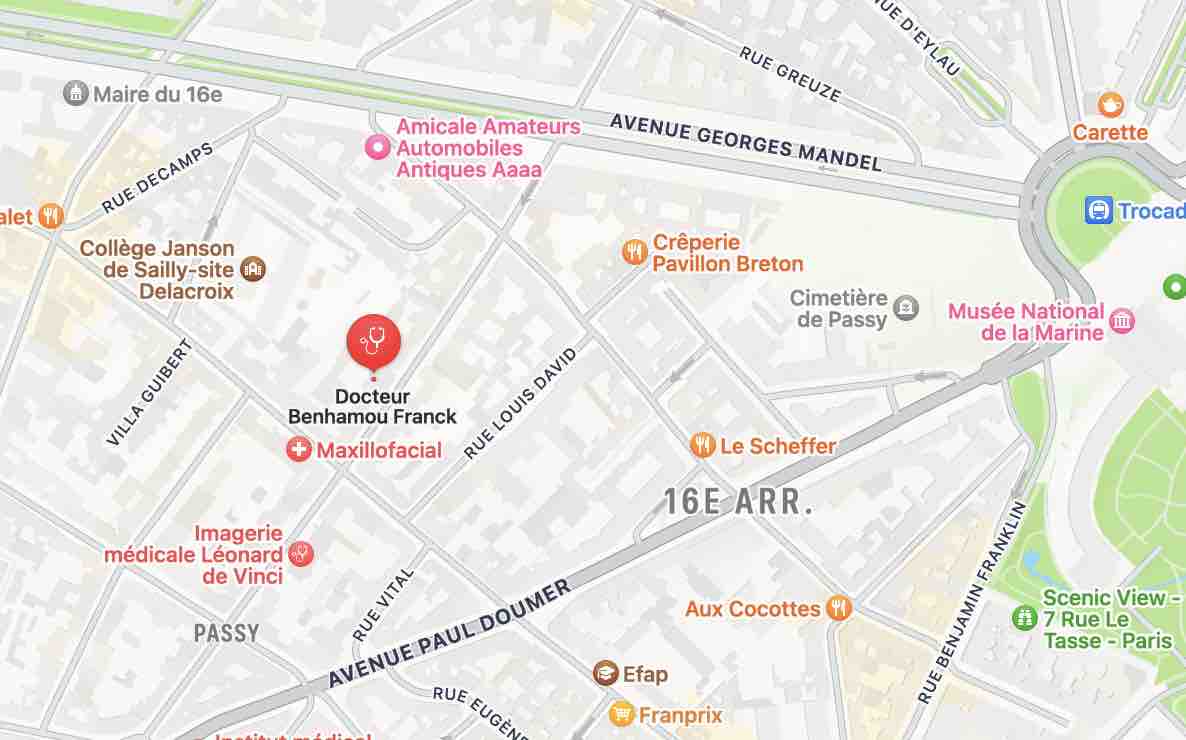- En /
- Aesthetic surgery /
- Facelift
FACELIFT
- Written by Dr Franck Benhamou
- Publication date 12 novembre 2024
- Updated date 19 décembre 2024
The surgery of facelift
This intervention is meant to correct the sagging of the skin on the face and or neck and / or muscles, due to the ageing process.
Different procedures of facelift are used to treat the face or neck, either totally, or on a specific area.
The surgery allows multiple options :
The cervicofacial lift treating the middle and lower part of the face (neck, sagging and flabby cheeks, bitterness wrinkles and nasolabial folds).
The facial lipolift associated to cervicofacial lift and re-injection of fat.
The temporal lift for temples and the outward angle of lids.
The browlift treating the forehead.
Besides the area of surgery, various types of deepness are to be considered :
The cervicofacial lift may be thought of as soon as the first signs of aging appear, most often around 40 or 45.
Facelift may be associated with additional surgery like blepharoplasty (correction of eye lids). Complementary therapies like skin peel, botulinum toxin injections, laserbrasion, dermabrasion or work on wrinkles and folds, may also be performed.
A pre-op evaluation is necessary before surgery.
No medicine containing aspirin must be taken within the 10 days preceding surgery.
Classical general anesthesia is usually performed. Sometimes a potentialized local anesthesia may be used. An anaesthetist doctor must be consulted at least 48 hours before surgery.
A one day hospitalization (or two) is usually sufficient. About the surgery :
The operation lasts from two to three hours depending on the necessity of additional associated surgery.
Incisions of the skin are located mainly under the hair and around the ears.
From the incisions, skin is detached according to the particular needs of each case, so that the redundant skin may be removed without excessive tension.
This action must be specially well balanced because it determines the keeping of the face natural expression. After that, the fat restructuring (liposuction, lipostructure) will be performed if necessary.
The bandage placed around the head at the end of surgery will be removed the day after.
So that blood and collected secretions may be evacuated, it is usual to leave a drain (Redon drainage) until the day after surgery.
Post surgery effects :
This type of surgery is usually not painful. After 24 hours the dressing is removed.
In the days following surgery a feeling of tightening may occur on the incisions areas. Antalgics are sufficient to alleviate the pain.
An oedema generally occurring on the second day after surgery, as well as ecchymosis, will naturally fade away and disappear within ten days after operation. However a slight swelling will persist for about a month.
Sensitivity at ears level will be regained after two to three weeks.
On the detachment areas a slight non visible but palpable induration can be noted.
Scars under hair are invisible. Only the ones in front of the ears are slightly visible. They may be covered with make up or hair do.
Threads and stitches are removed about 8 days after surgery.
The result can be appreciated as soon as the third month. However, the pink and
indurated scars fading away around the sixth month, it’s only after that delay that the result will be final.
A one week convalescence must be considered and it is recommended to wait one or two months before going back to sports activities.
Complications of facelift
After any king of surgery, complications may occur, some due to the medical and / or cosmetic act itself, others particular to facelift surgery.
Good security practices can limit risks but do not suppress them.
Some risks, very exceptional hopefully, cannot be anticipated and may endanger the vital or functional prognosis (emboly, paralysis, septicemy…).
Anesthesia carries its own complications which will be explained to you when you meet with the anaesthetist doctor.
Risks specific to facelift surgery :
Even if the post surgery side effects are usually very simple, some of the possible complications linked to facelift surgery must be known :
Bad evolution of scars : it is normal that scars get thicker and redder during the first month. This aspect, linked to the inflammatory reaction of any closing up, takes twelve to eighteen months to get better and stabilize. Closing up may follow an abnormal evolution with thickening and swelling going on over a year. We speak of hypertrophic, even cheloid scars (they occur more often on black skins). They may occur in an unpredictable fashion and require specific treatment.
Infection : contamination of a wound is very scarce and occurs only if the operation is performed under abnormal asepsis conditions.
Haematoma : post surgery bleeding is almost unavoidable and gives way to ecchymosis (bruises) on the skin for one to two weeks. It may cause an haematoma with swelling and painful tightening. Sometimes there is the need for additional intervention to evacuate the haematoma and treat its causes.
Alteration of sensitivity : sensitivity comes back usually after two or three weeks.
Necrosis (very scarce, usually limited and localized) : this lost of a more or less large skin zone can affect cosmetics results. Tobacco smoking may be aggravating. This is why it is most recommended to stop smoking at least three weeks before and after surgery. In case of necrosis, an additional complementary surgical act may be necessary afterward (one year).
Nervous lesions : particularly at the level of the facial nerve may provoke a very exceptional temporary facial paresis or even paralysis, which will usually disappear after a few months.







